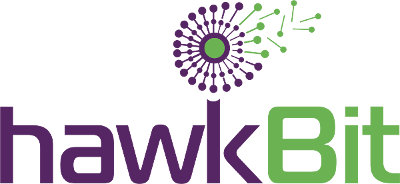 - apps/software from Cebu, Philippines
- apps/software from Cebu, Philippines
 - apps/software from Cebu, Philippines
- apps/software from Cebu, Philippines
built-in forward-backward compatibility to previous/next versions of your data









David Yu on protostuff.io he created at Radius @sfscala pic.twitter.com/LeQkxBlvjZ
— ussr.io (@ChiefScientist) May 27, 2015
transactional, serialized operations
the stored procedures are exposed via http(s)
linux, windows
single master, multiple slaves (only linux machines can be master)
linux-only, can be used to provision/fast-track a new slave by sending the checkpoint/backup as it's initial data
the changes/updates received by a slave can be forwarded to clients (desktop/mobile/browser) via websockets
can be deployed as a self-contained linux executable with a bundled 12MB JRE
for migration tools and testing
visitors for your declared indexes are generated from the DSL (rpc included)
simple documents can have their create/update/delete ops fully generated from the DSL (rpc included)
“A clustering index maintains a copy of the entire row, not just the primary key. As a result, when querying on a clustering key lookups in the primary index are always avoided.
A clustering index is a covering index for any query. Another way to think of a clustering index is that it is a materialization of the table sorted in another order.”